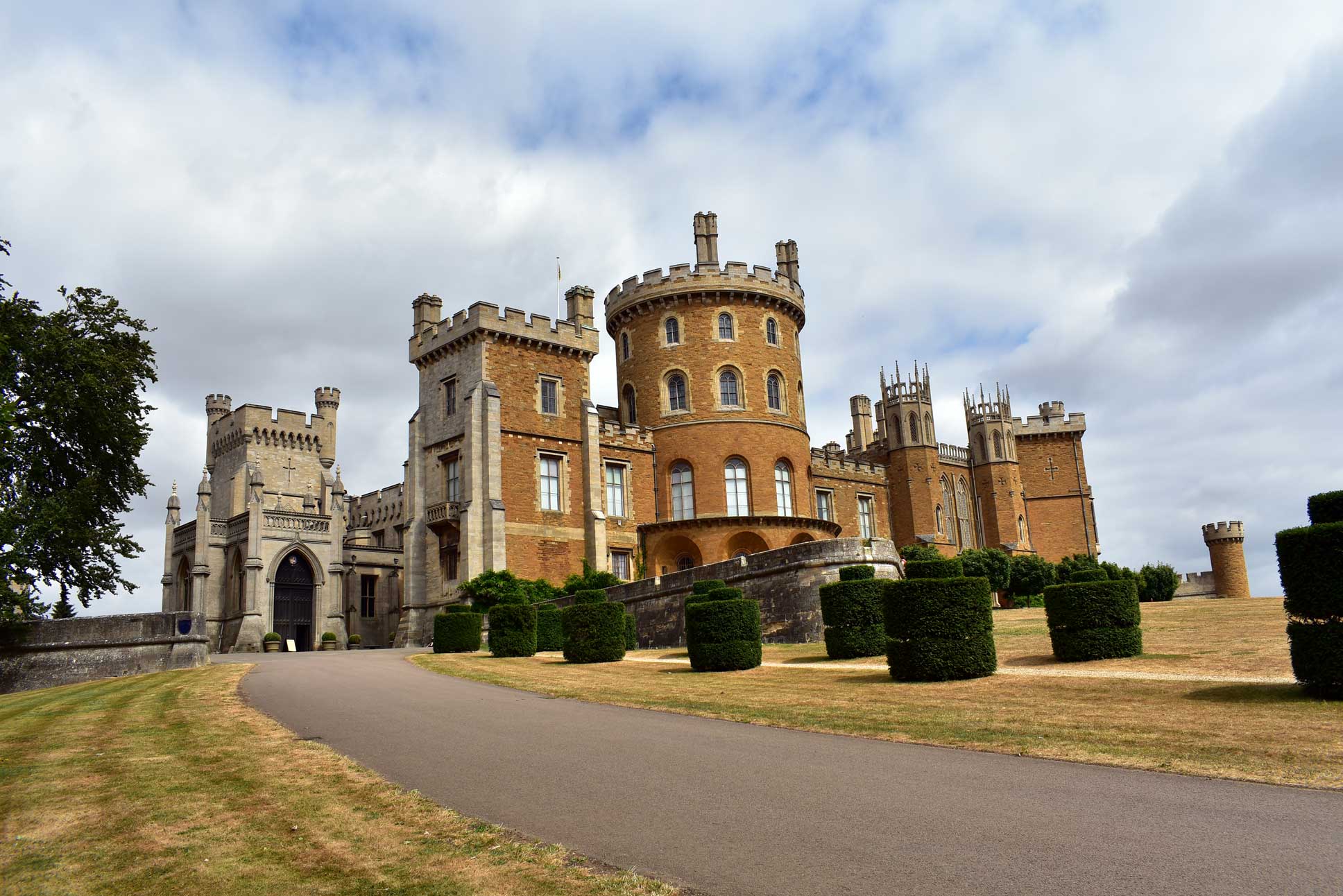Witches of Belvoir Castle
Belvoir Castle, located in Leicestershire, England, currently serves as home to the Duke of Rutland. The present structure, built after a fire devastated the last castle in 1816, resided as one of many constructed at this location. The first castle was erected in the 1080s by William the Conqueror's standard bearer, Robert de Todeni. However, it fell into disrepair shortly after the Wars of the Roses in the mid-15th century. From 1523 to 1555, the castle's rebuilding efforts lasted more than three decades.
In 1645, the castle was besieged for four months during the English Civil War, which led to an order regarding its destruction by Oliver Cromwell in 1649. Five years later, the construction of a new castle began. However, this castle would also be demolished. Belvoir Castle serves as the location for an interesting tale.

As Richard tells the story ...
In the early years of the 17th century, a Bottesford woman named Joan Flower and her two daughters, Margaret and Phillipa, were employed at the castle. They were not a popular family; Joan's neighbors considered her to be monstrous and malicious. She was an unkempt woman with sunken eyes who boasted of her atheism, consorted with familiar spirits, and reveled in the terror that her curses and foul-mouthed oaths instilled in her unfortunate neighbors.
Few people doubted that the three women were witches, including Countess Cecilia, who became increasingly suspicious of them. When Margaret Flower was caught pilfering food and other items from the castle, the countess dismissed her on the spot. In so doing, she incurred the wrath of the women who had become known as the Belvoir witches. The three women began casting spells on the earl and his family in concert with the Devil. Soon afterward, both Francis and Cecilia became sick and suffered extraordinary convulsions. Although they recovered, their eldest son, Henry, Lord Roos, was stricken by a sudden illness and died. Then the couple's other son, Francis, Lord Roos, was most barbarously and inhumanely tortured by a strange sickness and died. Their daughter, Lady Katherine, was next to feel the smartness of the witches' revenge and was set upon by their dangerous and devilish practices, although she recovered.
The final straw came when the earl and countess were again brought into their snares to keep them from having more children. The three women were arrested. While examined by a Justice of the Peace, Joan Flower called for bread and butter and cried that she wished it would never go through her if she were guilty. Putting the bread into her mouth, she mumbled a few words and promptly choked to death. Her guilt was affirmed and, with it, the fate of her two daughters, who were hanged in Lincoln jail on March 11, 1618.
Today, the effigy of Francis, 6th Earl of Rutland, reclines in the nearby church of St. Mary the Virgin, sandwiched between those of his first wife, Frances, and his second wife, Cecilia. His two sons kneel at the foot of the tombs, both holding skulls as symbols of their tragic deaths. Part of the long-winded inscription recalls how, in 1608, he married Lady Cecilia Hungerford … by whom he had two sons, both who died in their infancy by wicked practice and sorcery...
- Richard Jones
